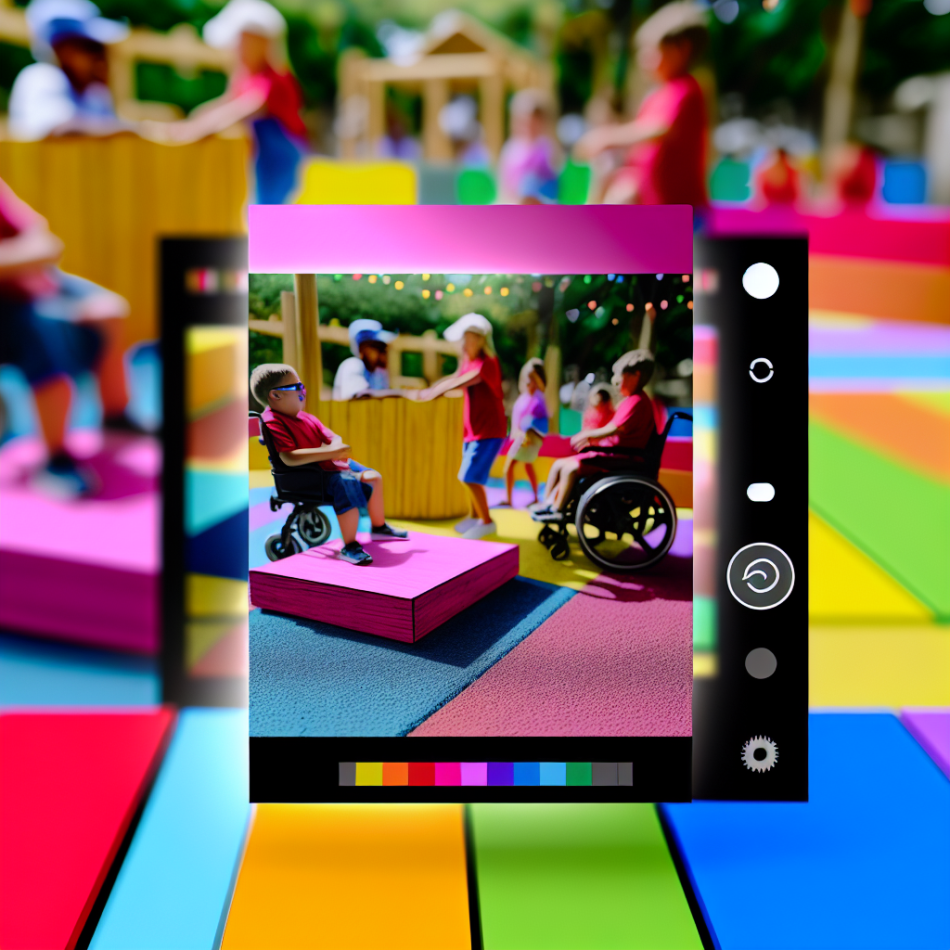Breaking the Myth: Autistic Socialisation Beyond Stereotypes
The misconception that autistic people cannot be social persists, overshadowing the reality that many autistic individuals do enjoy connecting with others—just in ways that diverge from neurotypical norms. This article dismantles the stereotype, exploring how autistic socialisation manifests uniquely, the challenges faced in neurotypical-centric spaces, and how society can foster more inclusive interactions. Let’s redefine what it means to be “social”.
Understanding Autism and Socialisation
Autism is a neurodevelopmental condition characterised by differences in communication, sensory processing, and social interaction. Contrary to the outdated belief that autistic people lack interest in socialising, many crave meaningful connections but often navigate social environments differently. Neurotypical social norms—such as indirect communication, eye contact, or reading subtle body language—may feel unnatural or overwhelming, leading to misunderstandings about their social desires.
The Myth of Social Disinterest
The stereotype that autistic people are antisocial stems from a narrow definition of socialising. Research shows that autistic individuals often engage deeply in topics they care about, form intense friendships, and seek out communities—particularly those aligned with their interests. The issue lies not in disinterest but in mismatched communication styles. For example, while small talk might feel draining, discussions about specialised passions can foster profound connection.
Different Communication Styles, Not Deficits
Autistic social communication frequently prioritises:
- Directness: Preferring clear, literal language over implied meanings or sarcasm.
- Depth over breadth: Thriving in focused conversations about specific interests rather than casual chatter.
- Alternative non-verbal cues: Using stimming (repetitive movements) or avoiding eye contact to self-regulate, not to disengage.
- Online interaction: Digital spaces allow time to process responses and communicate without sensory overload, making them popular for many autistic individuals.
These differences are not shortcomings but adaptations to a world not designed for neurodivergent needs.
The Role of Sensory Sensitivities in Social Settings
Sensory processing differences significantly impact how autistic people experience social environments. Noisy rooms, bright lights, or unfamiliar textures can cause overwhelm, making traditional venues like parties or crowded cafes inaccessible. This sensory strain is often misinterpreted as social reluctance. Accommodations—like quiet spaces, adjusted lighting, or allowing noise-cancelling headphones—can make shared activities more inclusive without forcing conformity.
Building Inclusive Social Spaces
Creating environments where autistic people feel comfortable socialising requires flexibility and empathy. Practical steps include:
- Respecting boundaries: Understanding that leaving early or avoiding touch isn’t rejection but self-care.
- Embracing neurodivergent norms: Allowing conversations to focus on passions without judgement, even if they seem “niche”.
- Offering predictability: Clear schedules or pre-event info reduce anxiety about unstructured socialising.
- Challenging ableism: Recognising that autistic communication styles are equally valid, not “rude” or “childish”.
Schools, workplaces, and social groups that adopt these principles often find autistic individuals thrive as engaged participants.
Conclusion: Redefining Social Success
The narrative that autistic people cannot be social is not just incorrect—it’s harmful. Autistic individuals form bonds, share joys, and build communities in ways that reflect their neurodivergent strengths. By moving beyond neurotypical expectations, we can appreciate the richness of autistic socialisation. True inclusivity means adapting spaces to welcome diverse communication styles, not demanding conformity. Let’s shift the focus from “can’t” to “can—differently,” celebrating connection in all its forms.
